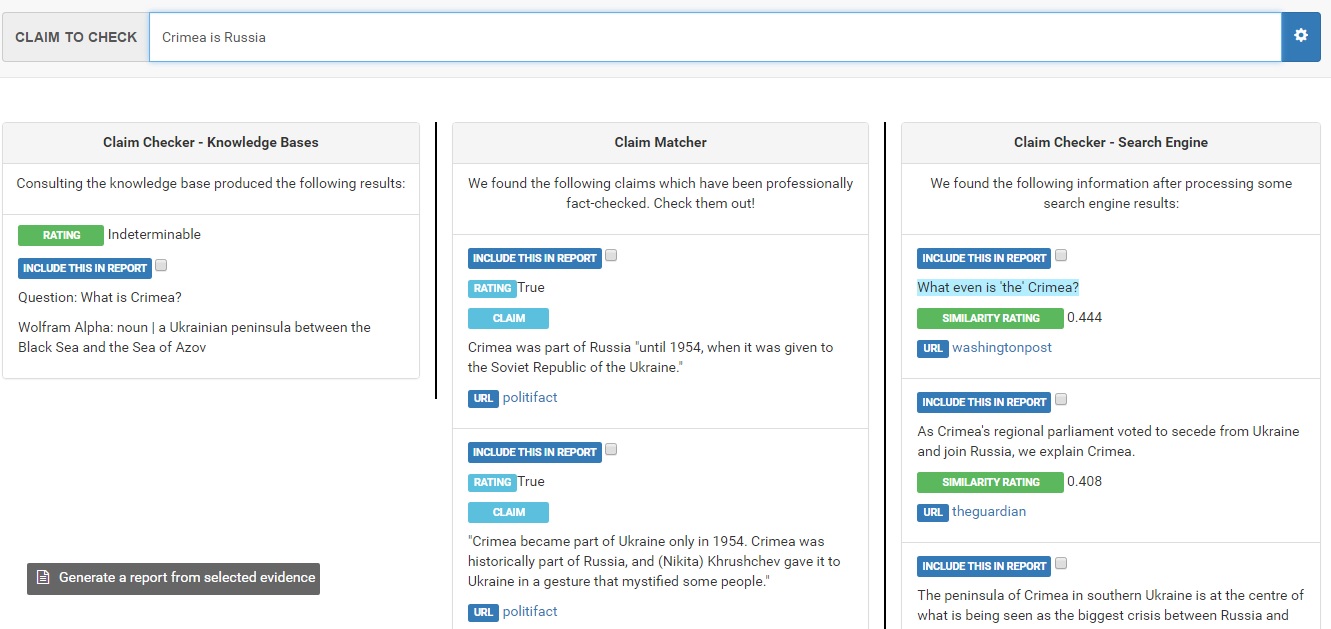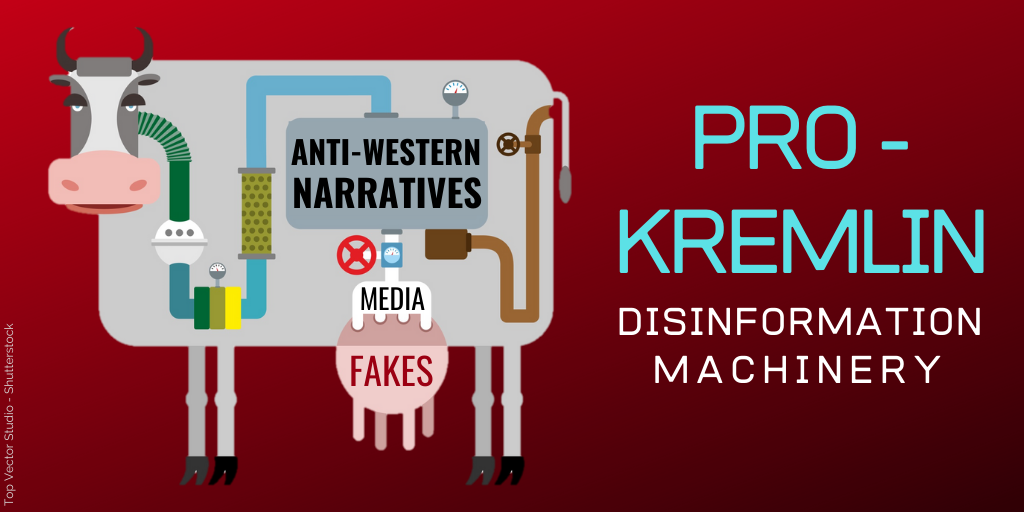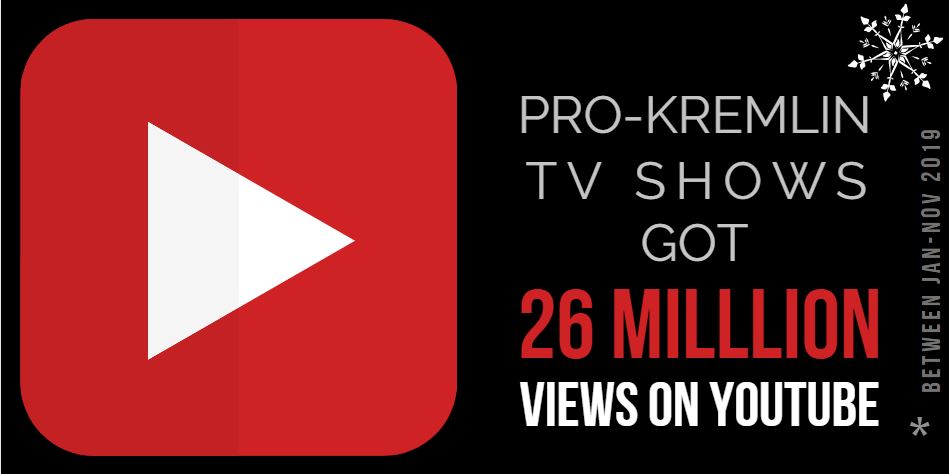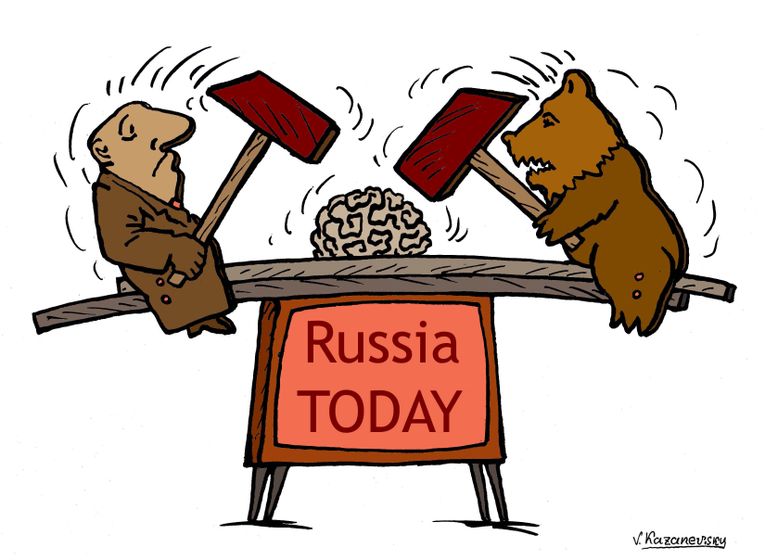We live in a world when floods of information hit our minds. A part of these floods is aimed to create the wrong image of the world. Ukraine is a country surrounded by disinformation. Because of the lack of knowledge about it and active anti-Ukrainian Russian propaganda, fakes about Ukraine are polluting the global information space and creating a depraved picture of the country. Euromaidan Press and other Ukrainian English language outlets try to bring you relevant and important information about the country. However, our efforts is not enough to counter all the floods of disinformation, so we would like to share some tips which will help separate the wheat from the chaff, and ask you if we missed anything.
Fake news and disinformation was one of the key topics of the Digital Disruption Forum which took place in Kyiv. The event gathered more than 150 representatives of media, NGOs and the governmental sector from about 20 countries.
One of the speakers was Mr. Aaron Sharockman, the Executive Director of Politifact. The outlet specializes on identifying fakes. It rates the accuracy of claims by elected officials and others who speak up in American politics. Sharockman named the main problems which he faces dealing with fakes:
“Most of the cases we see start from some fact. It might be a real quote, real events and they are just turned to make it fake. It’s just believable enough so you can just click it and give it a read. I think there is definitely a problem there that fake news operators are good at telling stories in a way we traditional journalists tell it.
Another thing is that it might take 7 days from the time the story posts until we fact check it and the label appears. So it’s 7 days that the story is going to go around the world. And a lot of people who have seen it think it’s true. There are a lot of different problems. For instance there are websites that you know might be half fake news. But you can’t just blacklist the website and say that everything on this site is fake news.”
According to the expert, media literacy of readers is a solution for the situation.
He also gave the most telling example of the irresponsible attitude to the information:
“In the case of Donald Trump we've heard a lot after the election that he said a lot of specific things which were false. But his supporters did not really penalize him for that. And he said many things they knew were false, but said he’s correct nonetheless. He could say that the health care law was bad. And he might give the statistics which might be wrong, but his voters would say 'He is right, because the health care law is bad'.”
Still, Sharockman strongly believes that people want to hold their politicians accountable. So the media has to think about the best way to arm people for this.
Check what you read

The Politifact director also shared the tools which help him and his team to deal with information and facts.
Mapchecking is a site which can help you to estimate the size of the crowd. For example, when the speaker of Donald Trump says that the largest audience in history attended the inauguration of Trump, you can actually check whether it was true. The expert recommends to use measure 2.5 per square meters.
allows you to process large amounts of text very quickly. You put the text in the main box and receive a score for each sentence. The higher the number, the more fact based it is.
The software was developed by the University of Texas in San Antonio. They had humans who looked at every presidential debates at the US from 1964, graded every sentence which was at it and found what tended to make a fact. It helped the developers create an algorithm.

And another option on the site is to check whether a statement is true. It works like Google, but is more powerful, checking only verified sources (see the photo at the beginning of the section).
We also again want to bring to your attention the site StopFake which can help verify information particularly about Ukraine. Initially the goal of the project was to verify and refute disinformation and propaganda about events in Ukraine being circulated in the media. Eventually it grew into an information hub where the experts examine and analyze all aspects of Kremlin propaganda. They not only look at how propaganda influences Ukraine, but also try to investigate how propaganda impacts on other countries and regions, from Syria and Türkiye to the European Union and countries which once made up the Soviet Union. The source has information in 10 languages. As well, the EU East Stratcom’s Disinformation Review analyzes the disinformation trends across different European countries and singles out the narratives Russia uses to influence each society.
Share your ideas
And now it’s time for you to share your experience in media literacy and your tools of proceeding information. Please give the answers to the following questions.
- How do you identify whether a source is trustworthy?
- Do you use special instruments to verify information? Which ones?
- Which sources about Ukraine do you consider trustworthy?
- What helps you to not get lost in the floods of information?
We will learn your answers and share your tools to the larger audience.
Завантаження...





